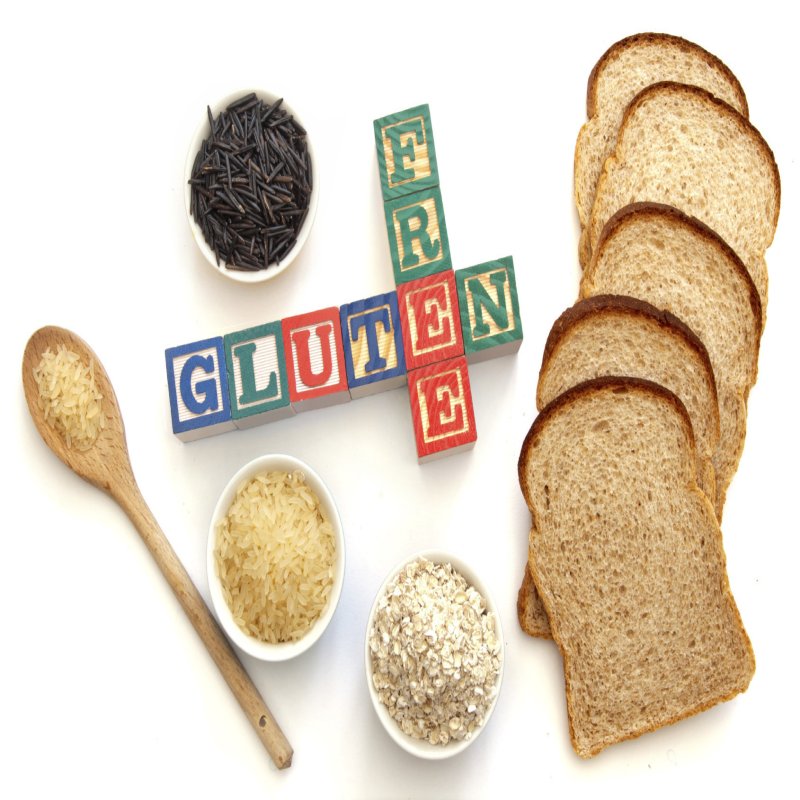
Celiac disease is an autoimmune condition in some people where eating gluten-rich food leads to damage in the small intestine. Gluten is a protein primarily found in wheat, barley, and rye.
It is estimated to affect 1 in 100 people worldwide. When people with celiac disease eat foods containing gluten, their immune system responds by damaging the finger-like structure called villi in the small intestine. If left untreated, people with celiac disease are at risk of severe health consequences.
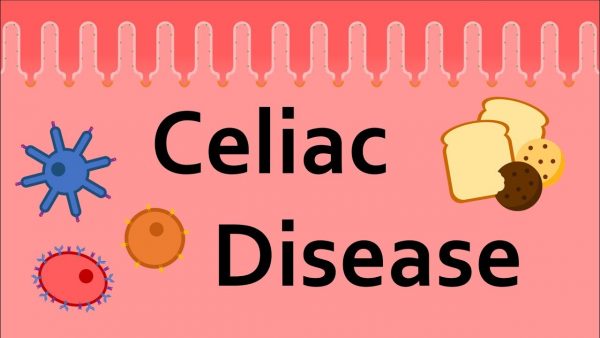
There is currently no cure for celiac disease, and the only treatment is a strict gluten-free diet.
Should I Bother?
Now the question is: I am not gluten intolerant; I have no such severe conditions; and I have been eating wheat flour-based roti, paratha, bread, and biscuits since my childhood. So, should I bother?
The answer is that you should not bother with celiac disease. But you should be aware of a condition called Non-Celiac Gluten Sensitivity (NCGS).
What is Non-Celiac Gluten Sensitivity?
Gluten sensitivity occurs when individuals who cannot tolerate gluten experience symptoms somewhat similar to celiac disease but do not end up having intestinal damage, as seen in celiac disease.
The symptoms include:
- Foggy brain
- Depression
- ADHD-like behaviors in children
- Abdominal pain
- Bloating
- Diarrhea
- Constipation
- Headaches
- Bone or joint pain
- Chronic fatigue
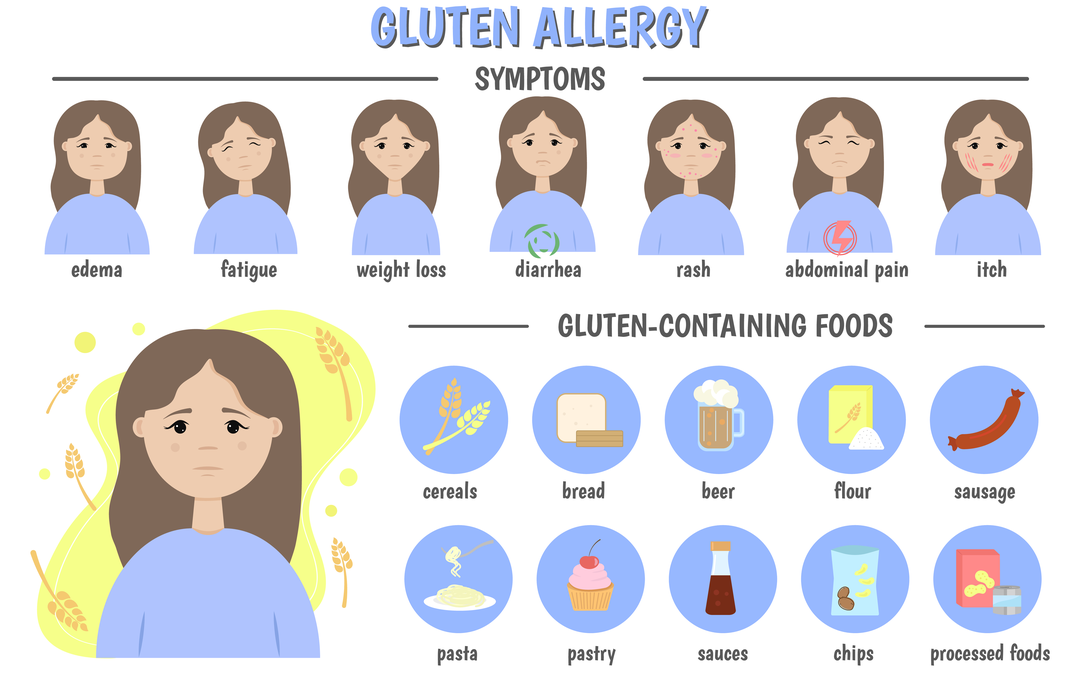
What is Wheat Allergy?
Wheat is one of the most highly consumed foods in the world. A wheat allergy is an immune response to any of the proteins present in wheat, including but not limited to gluten. It’s most common in children, as well as obese and sedentary people. Wheat allergy, due to non-gluten proteins, is very rare. Most wheat allergies in non-celiac cases are due to NCGS conditions.
What are the Symptoms of NCGS?
Irritable bowel syndrome (IBS) is one of the most common bowel disorders affecting people today. It does not have an established biomarker and is diagnosed based on symptoms such as abdominal pain, gas, bloating, constipation, or diarrhea. Though the exact cause of IBS is unclear, most endocrinologists, as well as nutrition and wellness experts, point their fingers toward changes in the gut microbiome.
While gut-microbiome health is affected by multiple reasons, one main reason could be NCGS. No test can diagnose you with NCGS (people can either be diagnosed with celiac disease or a wheat allergy). Therefore, to confirm if your condition is NCGS (or not), it is advisable to note the symptoms mentioned below first.
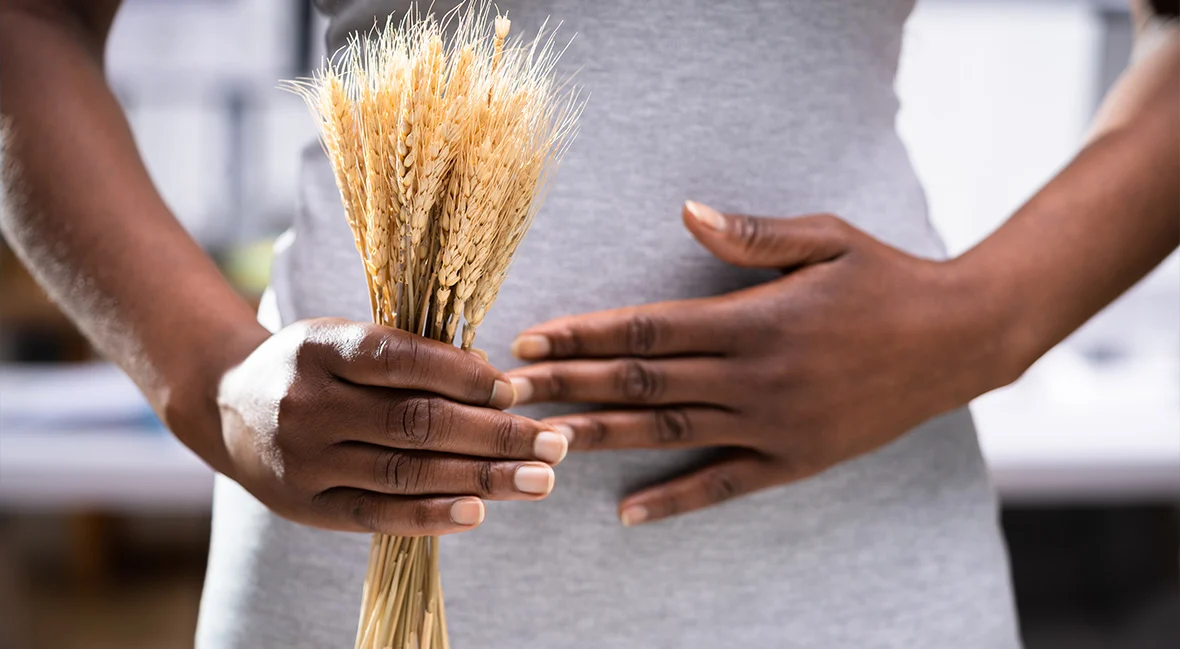
The most common symptoms of NCGS are:
- Mental fatigue (brain fog)
- General fatigue
- Gas, bloating, and/or abdominal pain
- Frequent headaches
- Frequent bone or joint pain
After figuring out if you have the above symptoms, go for a check-up, where the doctor will advise you to get the celiac disease test as well as an allergy test for wheat. If the doctor finds you to be one of them, then he or she will advise you accordingly.
If both tests come out negative and you still face the above symptoms, as a nutrition and wellness coach, my advice would be to monitor a few things for yourself during the elimination process.
What is the Elimination Process?
As the very first step, stop eating roti, naan, paratha, bread, and biscuits or cookies made from wheat. All the store-bought bread, biscuits, and cookies in India are made with wheat. Other gluten-rich foods are rye, barley, and other hybrid varieties of wheat and rye, used for making various kinds of pasta and bread. Check if it makes you feel better and if the symptoms are reduced bit by bit.

Do detailed research on grains that are gluten-free and incorporate them bit by bit into your diet. See how these grains impact your body. I am giving you below a list of gluten-free grains. Otherwise, you can very well depend on a variety of vegetables, including some starchy roots (only if you are not obese or diabetic), foods with high protein and fat, rich legumes and pulses, and nuts. If you are a non-vegetarian, you can very well incorporate meat, chicken, etc. into your major meals.
List of Gluten-Free Grains:
- Amaranth (chulai or rajgira for meals)
- There are varieties of millet like foxtail millet, browntop millet, kodo millet, barnyard millet, little millet, finger millet (common ragi), and pearl millet.
- Sorghum (common jowar)
- Quinoa
- Brown Rice
- White rice (not suggested for people with obesity, diabetes, prediabetes, and insulin resistance)
- Corn (not suggested for people with obesity, diabetes, pre-diabetes, and insulin resistance).
- Oats (gluten-free). Some varieties of oats do have minimal gluten in them.
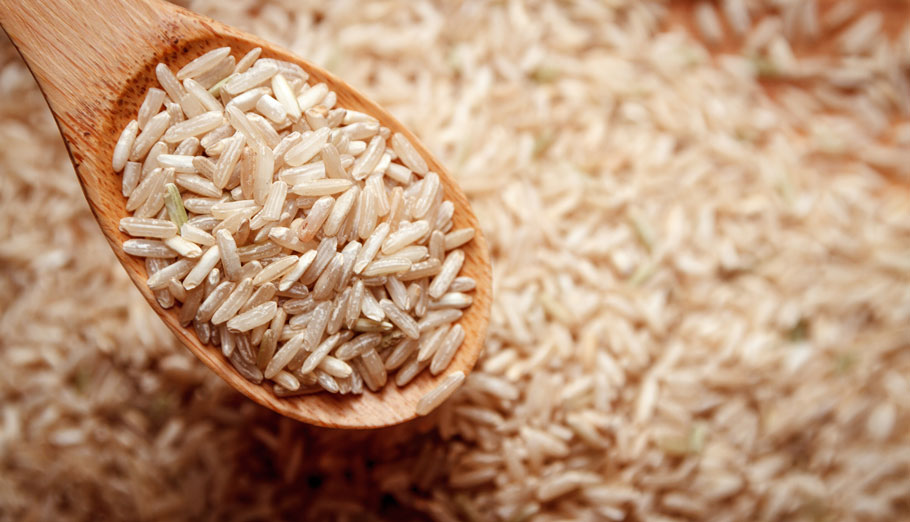
Brown rice and most of the millet can be eaten as fried rice, pulao, upma, tomato rice, biryani, etc., mixed with healthy fat (ghee) and other vegetables and proteins. Most millets can be made into a batter and then used to make traditional dosa or chilla, which can be part of the daily diet. As part of our main meal, we can roll roti or paratha using flours such as amaranth, finger millet (commonly known as ragi), pearl millet (a type of bajra), and sorghum (generally known as jowar).
Do this for at least 4 weeks to get a clear picture of your condition. After each week, rate your condition from 1 to 5 by eating according to this method, preferably with the help of your nutritionist. If the response to the gluten-free diet happens with a 50% reduction in one to three of your main symptoms in a 4-week evaluation, you should continue with this new way of eating. At this stage, you should go for other common profile tests, which you should initially repeat every other month to check for improvements.
Conclusion
Though celiac disease is dangerous, there is a condition called Non-Celiac Gluten Sensitivity (NCGS), which shares the same symptoms as celiac disease. However, unlike celiac disease, there is hope for NCGS by changing your eating habits under the guidance of a nutritionist.


.png)


